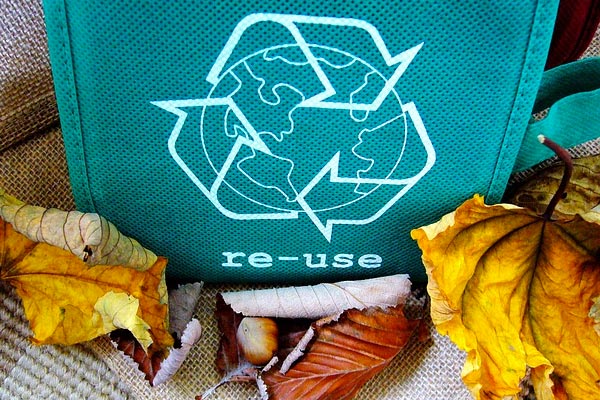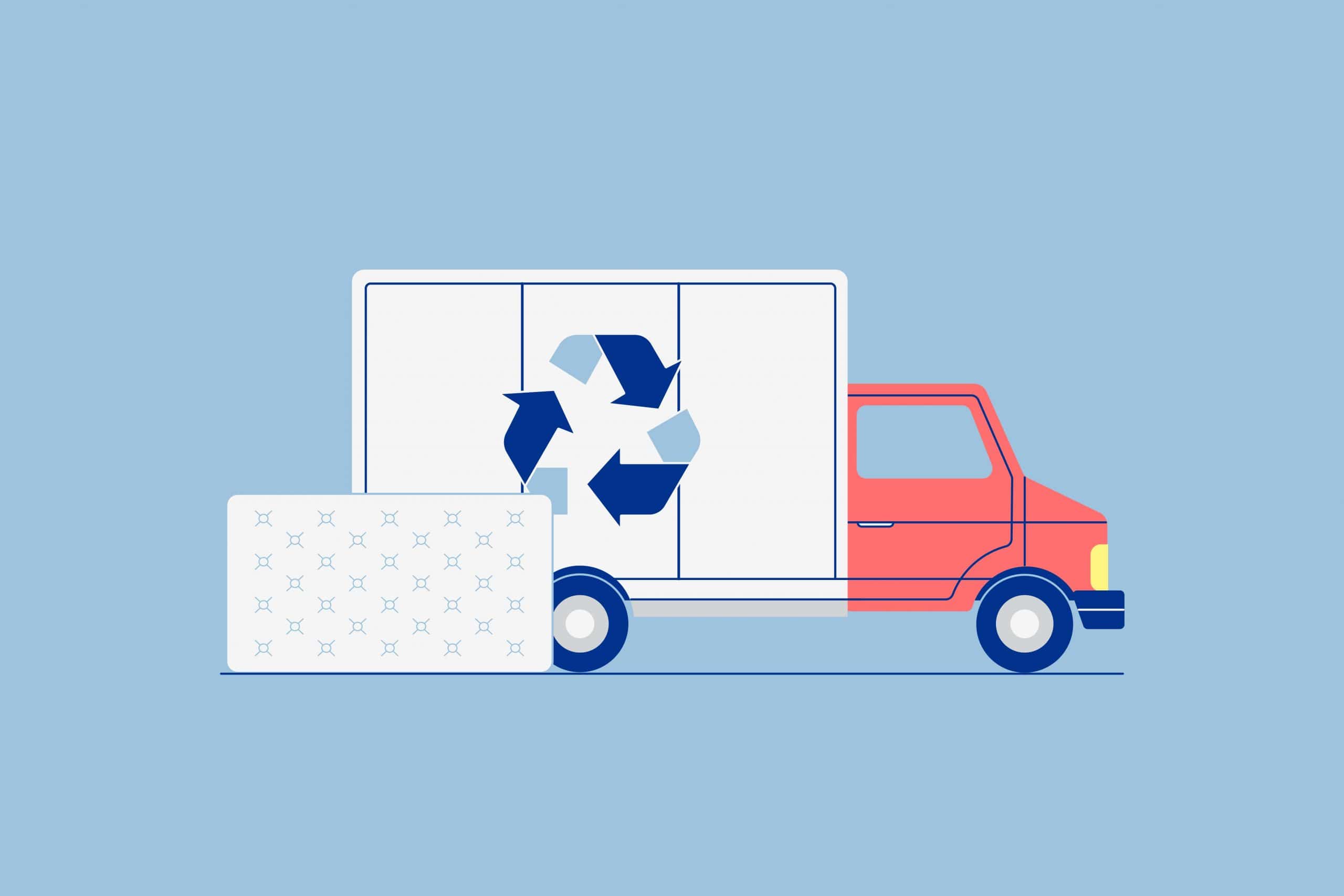Key Takeaways
- Understanding the Carbon Footprint: The carbon footprint refers to the net greenhouse gases produced by individuals or activities, largely from the use of fossil fuels in transportation, energy consumption, and product manufacturing. Becoming aware of your family’s carbon footprint and identifying key contributing factors is the first step in making sustainable changes.
- Implementing Simple Eco-Friendly Practices: You don’t need to make drastic lifestyle changes to contribute to sustainability. Small adjustments, such as reducing waste, recycling, reusing items, and choosing sustainable materials, can significantly decrease your family’s carbon footprint. From choosing energy-efficient appliances to opting for sustainable goods, every effort counts toward a greener lifestyle.
- Sustainable Transportation and Energy Conservation: Emphasizing reduced car usage, maintenance, and more efficient driving habits can lead to substantial reductions in CO2 emissions. Additionally, adjusting thermostat settings, using energy-saving light bulbs, and choosing green power sources can all contribute to significant energy conservation and a reduced carbon footprint.
Make your family a little greener with ten simple, approachable ideas to reduce your family’s carbon footprint.
Going green or being eco-friendly can seem intimidating, but reducing your carbon footprint doesn’t need to involve a radical lifestyle overhaul! There are many simple and affordable ways almost anyone can contribute to helping the environment.
In this guide, we’ll go over the basics of carbon footprints and show you easy ways your household can get green. From reducing waste to being a savvy consumer, see what your family can do to improve.
What is a carbon footprint?
Greenhouse gases like carbon dioxide (CO2), methane and ozone contribute to pollution, ozone depletion and global warming. Our carbon footprint refers to the net amount of greenhouse gases generated by us or things we consume, with fossil fuels being a major source.
Activities like driving a car, heating and cooling, and using electrical power from gas or coal all emit CO2. Products we buy also contribute to our carbon footprint, as most require fossil fuels for production, packaging and transportation.
Finding Your Family’s Carbon Footprint
According to TimeForChange.org, the average person in an industrialized country has a carbon footprint of 11 tons of CO2 per year. However, the estimated target for long-term sustainability is only 2 tons of CO2 per year!
The U.S. Environmental Protection Agency (EPA) hosts a helpful online household carbon footprint calculator Verified Source Environmental Protection Agency (EPA) Works to control/prevent natural and manmade disasters. View source that can help you figure out your family’s footprint. It looks at emissions from transportation, household energy, and waste, and also shows you how making changes will impact your overall profile.
According to the EPA, the average 4-person household produces 83,000 pounds of greenhouse gas emissions per year (20,750 pounds per person). Factors like how much you drive, your car’s mileage-per-gallon, your home’s average temperature, energy sources, and waste can all reduce or increase your footprint.
When you think about all the things that contribute to the average family’s carbon footprint, it can seem overwhelming – and also puts in perspective the impact that could come from each person just making small changes to their daily routine.
10 Ways to Reduce Carbon Footprint & Make Your Family Greener
First, let’s clear the air: you don’t need to install mega solar panels and live exclusively off bean sprouts to reduce your family’s carbon footprint, so don’t be intimidated!
While clean energy and organic farming certainly help the planet, there are many other ways to reduce carbon footprints without drastically changing your lifestyle. Bonus: many of these eco-friendly solutions can make great family projects!
1. Reduce Your Trash Output
Landfills are an incredible source of greenhouse gases and pollution. Recycling the basics can cut the amount of garbage you send to landfills by up to 50% or more.
Several waste management services now have low-cost recycling programs, and if your’s doesn’t, look for a local recycling facility that picks up or accepts drop-offs. Many are free, and some items like cans could even net a small amount of money.
Green Ideas:
- A household of 4 could reduce their footprint by 1,930 lbs. per year by recycling plastic, glass, magazines, newspapers, and aluminum and steel cans (EPA).
2. Make Recycle & Reuse Your Motto

In addition to recycling trash waste, think about other ways your family can recycle and reuse to reduce the consumption of resources and greenhouse emissions. From old clothes and toys to old furniture and packaging materials, see what can be given a new life or donated rather than discarded.
Green Ideas:
- Paint, reupholster or refinish old furniture instead buying new.
- Transform packaging materials into art projects or creative containers.
- Repair furniture or tires before replacing.
- Donate things in decent shape you no longer have a need for.
3. Go Paperless
Even though paper is recyclable, the less you use, the better for the planet. Rather than getting piles of mail you just trash or never look at, choose paperless for all of your statements, newsletters and bills.
Several banks and billing companies offer small credits for paperless billing. Most will still send you important documents by email, and you can always print them if you need to.
Green Ideas:
- Get in the habit of taking notes and making lists on your PC or smartphone, use a chalkboard, or opt for reusable paperless note takers like AquaNotes or Boogie Boards.
4. Pass on Plastic

Plastics, especially new plastics, are a big drain on finite petroleum resources and major contributor to greenhouse gases. Try to reduce the number of wasteful plastics your household uses by opting for greener, reusable materials.
Green Ideas:
- Swap disposable plastic water bottles and containers for aluminum, glass, or reusable ones made of recycled plastic.
- Use a water filtration system at home to reduce plastic bottles and jugs.
- Use cloth grocery totes instead of plastic bags
5. Get Growing
Trees and plants consume CO2 and help purify the air, offsetting a portion of carbon emissions. An adult tree can absorb as much as 48 pounds of CO2 per year, and can even reduce household heating and cooling costs by providing shade and insulation.
If you have a yard, consider planting trees, shrubs or even a garden packed with superfoods to reduce your footprint. If you don’t have a yard, you could seek out a community co-op garden or look for local volunteer planting groups or events.
Green Ideas:
- Many cities host tree planting or gardening events, particularly for Arbor Day and Earth Day.
- Non-profit organizations CarbonFund.org and EarthDay.org also plant trees for you for tax-deductible donations of about $1 each.
6. Watch the Thermostat
One easy way to reduce your family’s carbon footprint is to simply be conscious of your thermostat’s settings. When you aren’t home, set your thermostat higher in the summer and lower in the winter to conserve energy. If you can, program it to adjust automatically.
You can also use ceiling fans and air fans in the summer to reduce AC costs. There are benefits and drawbacks to sleeping with a fan on, so consider if you want one running at night or try other methods for cooling down a bedroom.
During the winter, use low-energy space heaters and bundle up to save on heating. Colder temperatures are good for sleep, so keeping thermostats low during winter can have multiple benefits!
To sleep comfortably, use seasonal bedding and breathable pajamas. Efficient heating and cooling mattresses also keep you comfortable without hiking up energy bills.
Green Ideas:
- In the winter, turn your thermostat down 8 degrees when you’re not home and at night to save $35 per year and reduce CO2 by 361 pounds (EPA).
- In the summer, turn your thermostat up 4 degrees when you’re not home and at night to save $35 and reduce CO2 by 1031 pounds.
7. Use CFL or LED Lights

Spiral-shaped, energy-saving Compact Fluorescent light bulbs cut energy usage significantly compared to incandescent bulbs. When incandescent bulbs burn out, replace them with low-watt CFLs or LED lights instead.
Green Ideas:
- Replacing even three 60-watt incandescent light bulbs with 13-watt CFLs can save you $18 per year and reduce your carbon footprint by 183 pounds (EPA).
8. Opt for Efficient Appliances
From refrigerators to dishwashers and computers to water heaters, appliances account for a big share of your family’s carbon footprint, and your energy bills.
When it’s time to replace old appliances, look for the Energy Star label to compare efficiency and find options that save on energy and/or water. Big strides have been made in the past 10 years, and you could even save money over time by upgrading old, inefficient appliances.
Green Ideas:
- Replacing an old fridge with a new Energy Star model could save you $43 and cut emissions by 443 pounds per year (EPA).
- Enabling your computer’s “sleep” function can save $12 and 126 lbs. of CO2.
- Washing 2 loads of laundry per week on cold saves $13 and 133 lbs. of CO2.
9. Choose More Sustainable Goods
Look for home furnishings and a comfortable mattress made with low-VOC and sustainable materials. Volatile organic compounds in paints, glues and foams outgas into air, and many also disperse significant greenhouse gases in manufacturing.
Sustainable, plantation-grown woods, bamboo, glass and metal offer greener solutions for furniture. Organic cotton and other renewable natural fibers offer better choices for fabrics and textiles around the house as well.
Green Ideas:
- Some companies also use low-VOC materials and reduce petroleum usage by substituting plant oils, which offer greener alternatives to traditional products. For example, Amerisleep’s BioPur memory foam is plant-based, low-VOC and is manufactured in a zero-emissions environment.
10. Park Your Car

Another small change your family can make to reduce carbon footprints is to simply drive less.
The average person puts 240 miles on their car each week. Carpooling, biking, or riding public transit even one day can have a big impact. You can also try to incorporate more walking and biking as a family to reduce auto mileage.
Performing regular maintenance on your car ensures exhaust emissions are in check and that you are getting optimal gas mileage. When you need to buy a new car, look for a vehicle that gets at least 25 miles per gallon (the industry average of 2013), or opt for a hybrid model.
Green Ideas:
- Driving 20 fewer miles per week saves 1,062 lbs. of CO2 and $175 (EPA).
- Performing regular vehicle maintenance saves you $124 and 892 lbs. of CO2.
- Compared to a vehicle that gets 20 MPG, one that gets 25 MPG saves $354 and 2,549 lbs. of CO2 per year, while one that gets 30 mpg saves $591 and 4,248 lbs. of CO2.
With over 7 billion people currently calling planet earth home, it’s easy to think that our actions won’t make a difference. However, if every person made minor changes to their daily routines, small savings can make a huge impact.
Just by driving 20 fewer miles per week, performing regular vehicle maintenance, adjusting your thermostat, enabling your computer’s sleep function, washing two loads of laundry on cold, recycling waste, and replacing three incandescent lights with CFLs, your family can reduce it’s CO2 footprint by 5718 pounds or nearly 3 tons per year.
Additional changes like choosing 10% green power can save an additional 2148 pounds per year, while replacing single pane windows with Energy Star windows can save an additional $150 and a whopping 8841 pounds per year.
As you can see, there are so many ways, both big and small, that you and your family can contribute to a healthier planet. Reducing your family’s carbon footprint is as easy as making a few conscious changes to your daily routine and making wiser choices as a consumer.
What’s your biggest motivator to go green? What do you think is most important about the eco-friendly movement? How would going green impact your lifestyle?
P.S. If you liked this post, you might also enjoy The Psychology of Better Sleep: Sleeping Tips for Leading a Healthier Lifestyle
About the author
Rosie Osmun, a Certified Sleep Science Coach, brings a wealth of knowledge and expertise to the health and wellness industry. With a degree in Political Science and Government from Arizona State University College of Liberal Arts and Sciences, Rosie's academic achievements provide a solid foundation for her work in sleep and wellness. With over 13 years of experience in the beauty, health, sleep, and wellness industries, Rosie has developed a comprehensive understanding of the science of sleep and its influence on overall health and wellbeing. Her commitment to enhancing sleep quality is reflected in her practical, evidence-based advice and tips. As a regular contributor to the Amerisleep blog, Rosie specializes in reducing back pain while sleeping, optimizing dinners for better sleep, and improving productivity in the mornings. Her articles showcase her fascination with the science of sleep and her dedication to researching and writing about beds. Rosie's contributions to a variety of publications, including Forbes, Bustle, and Healthline, as well as her regular contributions to the Amerisleep blog, underscore her authority in her field. These platforms, recognizing her expertise, rely on her to provide accurate and pertinent information to their readers. Additionally, Rosie's work has been featured in reputable publications like Byrdie, Lifehacker, Men's Journal, EatingWell, and Medical Daily, further solidifying her expertise in the field.
View all posts





